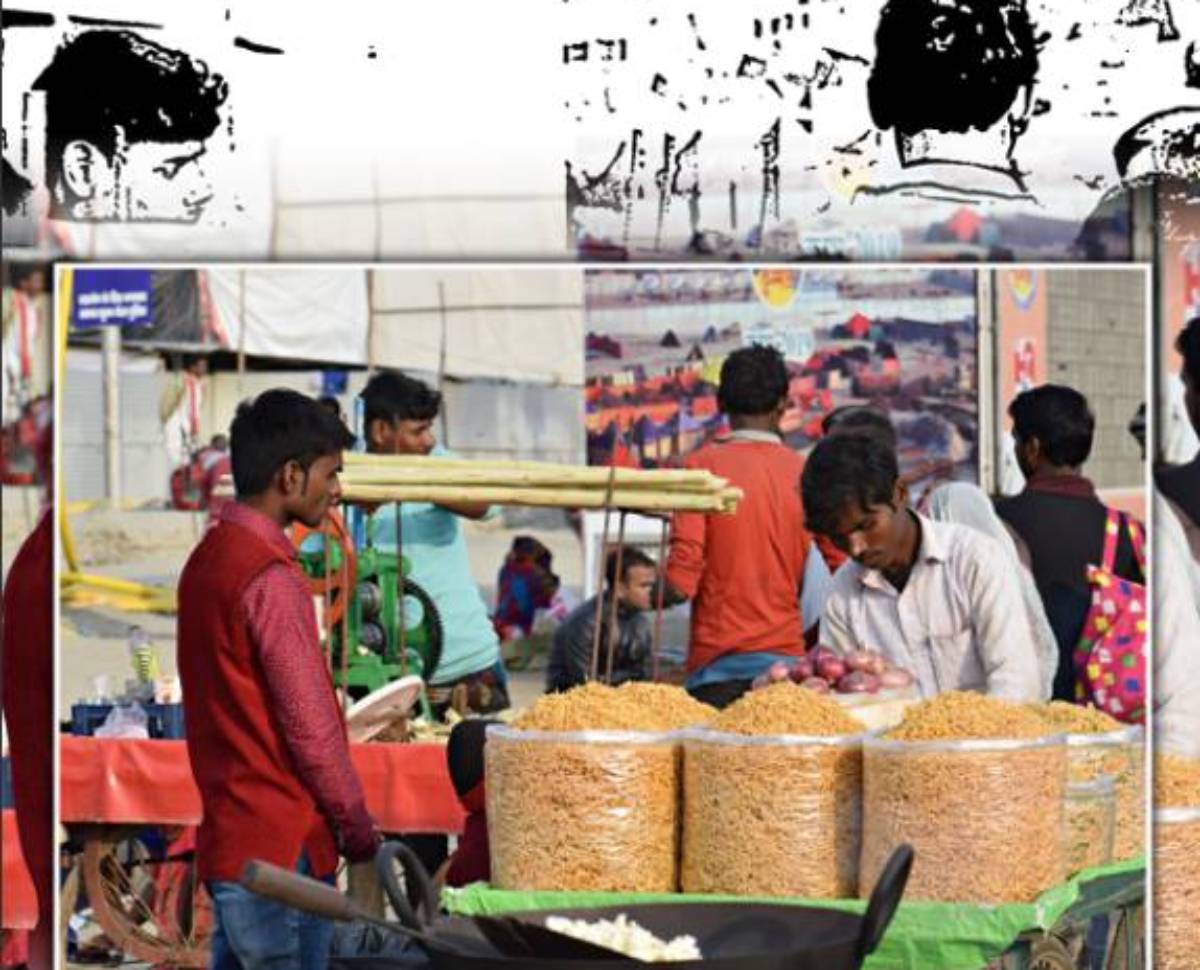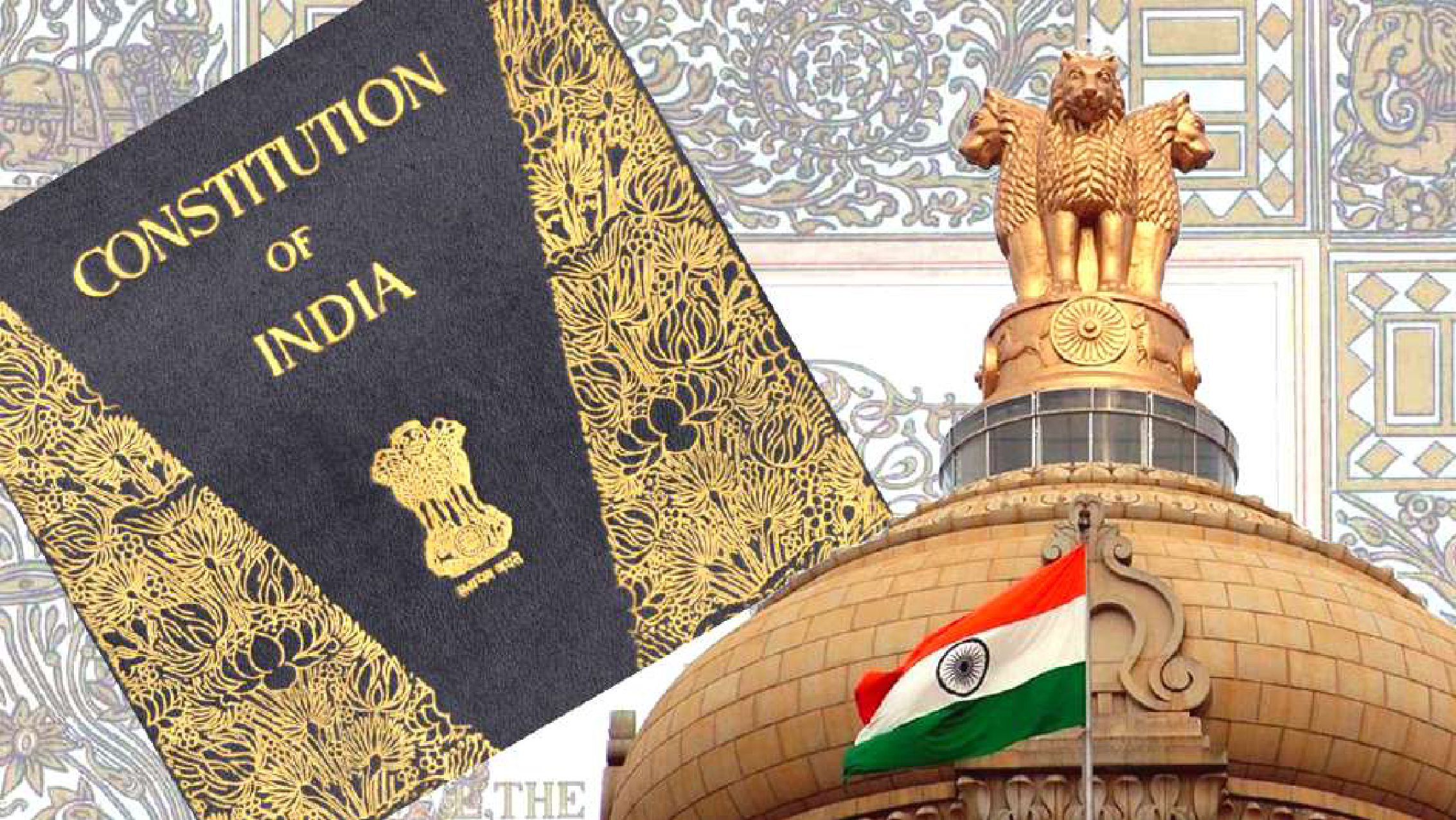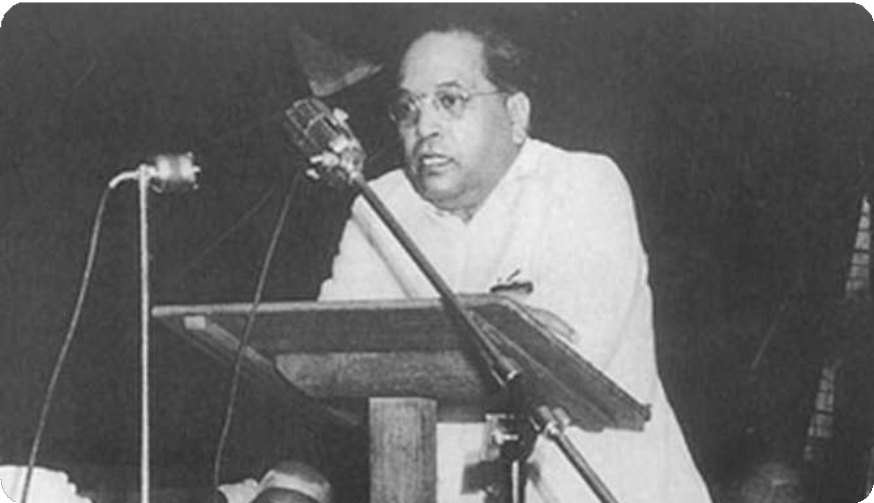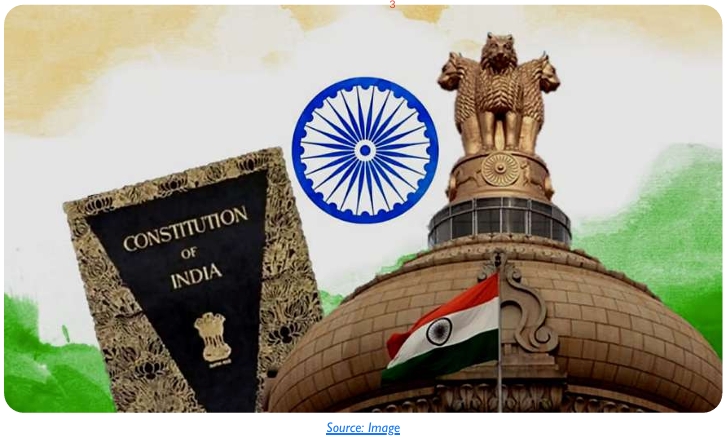Background
Street vending is a source of livelihood for a large number of people in India’s informal sector, yet it has been considered an undesirable activity by many in the city administration. The general public too sees them as encroachers of public space and this notion has led to their constant harassment by the police and civic authorities.
This conflict between civic authorities and street vendors has its roots in 19th century colonial India. In the second half of the 19th century the colonial regime started seeing hawking as an obstruction and a threat to public order148. At the time many Municipal regulations were introduced to deal with the perceived breakdown of urban order associated with industrialisation, migration and social and communal riots149. The introduction of these regulations represented a redefinition of the legal status of public space and the outside became a public space under the jurisdiction of the colonial state. This new demarcation between public and private had the effect of depriving the working classes and removing their access from the collective use of public spaces150. This notion continued post independence and vendors were continued to be seen as encroachers by the state.
The contestation over public space in post independent India led to a number of litigations and street vending emerged as a major policy issue in the 1980s. In a 1985 ruling by the Bombay High Court, in the case of Bombay Hawkers Union v Bombay Municipal Corporation151, for the first time the courts upheld the right of livelihood street vendors, and sought to legitimise vendors through licensing, and creating hawking and non-hawking zones. Subsequently, in 1985 the Supreme Court also held the right to livelihood to be an integral part of the right to life in Olga Tellis v. Bombay Municipal Corp152. Thereafter, in 1989, in the case of Sodan Singh vs. NDMC153, the Supreme Court again held that street vendors had a right to carry on their business and the same can’t be sacrificed for the peoples’ superficial right to use streets. The court ordered that the vendors be given the right to trade with reasonable restrictions and observed that inaction on the part of the government with regard to street vendors would amount to negating the fundamental rights of citizens.
In the 1990s India entered the liberalization era and there was exponential growth in urbanization and related issues. India’s big cities started confronting problems similar to many cities worldwide such as congestion, lack of formal job opportunities and growing informal economies. As in other countries, the drive to achieve world class cities led to large-scale evictions of street vendors and many small organizations of street vendors emerged in protest of these evictions154. At the time, globalization and urbanization had exacerbated city-level conflicts between vendors and local authorities across the world and street vendors began to organize internationally155. In November 1995, representatives of street vendors from 11 cities across the world held the inaugural meeting of the International Alliance of Street Vendors in Bellagio, Italy156.
The Bellagio International Declaration of Street Vendors, signed by representatives at that meeting, envisaged the formulation of a National Policy for hawkers and vendors to improve their standard of living by giving them a legal status through licensing, promotion of self-regulation, access to legal system and credit facilities etc157. Following the Bellagio Conference, in September 1998, the National Association of Street Vendors of India (NASVI) was formed to bring the struggles of street vendors to the national stage158. Over the years NASVI along with NGOs such as SEWA, National Hawkers Federation, Nidan, Manushi etc. have played a critical role in creating an enabling environment for the promotion of street vendors’ rights in India.
Post the Bellagio declaration, although India was a signatory, it was only in 2001 with considerable pressure from civil society groups such as NASVI and Sewa that the Government took the initiative of forming a Task Force to look into the issues and come up with a suitable policy159. This effort culminated in a National Policy that was introduced in 2004. The main weakness of the 2004 policy statement was that it was only a guideline, and there was no mechanism to ensure implementation by the state and municipal governments160. As a result the implementation was patchy.
In the same year the National Commission for Enterprises in the Unorganized Sector (NCEUS) was set up by the government to assess the problems faced by small enterprises. The NCEUS consulted with NASVI and other NGOs working with street vendors who expressed concern over the lack of implementation. Following from these consultations the NCEUS published a report in 2006 giving specific recommendations for policy implementation161. Based on the 2006 report the 2004 guidelines were later updated in 2009 to include modifications to improve implementation162. After the revised 2009 guidelines were published, the cause of street vendors was taken up by the National Advisory Committee.
The NAC consultations were followed by a 2010 Supreme Court ruling which called on the government to enact a law on street vending and reinforced the need for state and local governments to implement binding laws based on the National Policy163. This judgement culminated in the drafting of the Street Vendors’ Bill in 2012, which involved extensive dialogue between NASVI and the Ministry of Housing and Urban Poverty Alleviation. However, at one point in 2013 the drafting process stalled due to a petition in the Supreme Court for the “protection of public spaces” in the 2013 case of Maharashtra Ekta Hawkers Union & Anr. v. Municipal Corporation, Greater Mumbai &Ors164. But the SC once again came in support of the street vendors gave detailed guidelines for the implementation of the 2009 policy. Thereafter, the Bill was passed in both houses by February 2014 and became the Street Vendors (Protection of Livelihood and Regulation of Street Vending) Act, 2014. This Act was drafted with the legislative intent of protecting the livelihood rights of street vendors under Article 19 of the Constitution, as well as regulating street vending.
The Street Vendors Act acknowledges the integral role played by street vendors in the urban ecosystem. Further, The Act mandates local bodies under the state governments to carry out surveys and identify street vendors, set up participatory town vending committees comprising all stakeholders (street vendor associations, resident welfare associations, municipal officials), and create dedicated vending zones to accommodate the street vendors165. The Act now governs over all matters in regards to the rights and duties of the street vendors in India. It also provides for confiscation of goods that are being sold by street vendors to be cataloged properly166. The 2014 Act was widely seen as a major success for NASVI, which after nearly ten years of lobbying was actively involved in drafting the legislation. The Act also represents a significant innovation in mechanisms to regulate the informal sector.
The Street Vendors Act is unanimously considered a progressive social policy aimed at protecting the livelihoods of street vendors. However, many studies and reports have pointed out that there is an uneven implementation of The Act cross the country, thus subverting the very spirit of the Act. The 2019 report by the Centre for Civil Society had identified 11 steps that were required to be undertaken by states to implement the Act167. Further, it had pointed that no state has implemented all of them yet, and Tamil Nadu, Mizoram, Chandigarh and Rajasthan had progressed the most. The main highlights of the study:
- Only 26 states had notified the rules whereas, four states namely, Arunachal Pradesh, Karnataka, Telangana and Nagaland had not notified the rules
- Section 38 of The Act requires state governments to frame and notify a scheme within 6 months from May 2014. However, till January 2019 only 19 states had notified the scheme, whereas 11 states including Arunachal Pradesh, Gujarat, Haryana, Karnataka, Kerala, Madhya Pradesh, Manipur, Nagaland, Puducherry, Sikkim and West Bengal were yet to notify the scheme.
- Only Four states including Assam, Madhya Pradesh, Uttarakhand and Punjab, had formed the Grievance Redressal Committees as mandated by section 20.
- Only 14 states namely Andhra Pradesh, Bihar, Chandigarh, Goa, Gujarat, Haryana, Kerala, Meghalaya, Mizoram, Puducherry, Punjab, Rajasthan, Telangana and Tripura had formed TVCs in all their towns. Further, only 33% of the 7,263 towns had formed the Town Vending Committees as required by section 22(1). And only 58% of TVCs had the requisite vendor representation of 40%
- 98% of TVCs formed had completed vendor enumeration as required by section 3. Further, the following eight states, Arunachal Pradesh, Gujarat, Haryana, Karnataka, Kerala, Madhya Pradesh, Manipur, and Puducherry had enumerated vendors without a scheme.
- 50% of TVCs had issued identity cards to the identified vendors. Five states, namely Arunachal Pradesh, Gujarat, Kerala, Manipur and Puducherry had distributed identity cards without a scheme.
- Section 21 mandates the local authority to frame a street vending plan based on recommendations from the TVC. The vending zones are to be earmarked based on these plans. However, only 20% of the TVCs had published vending plans. The following 5 states: Madhya Pradesh, Maharashtra, Meghalaya, Nagaland and Punjab have demarcated vending zones without a vending plan.
- Only 31% of the TVCs formed had published a street vendor charter as required by section 26. These belong to the following seven states namely Bihar, Madhya Pradesh, Maharashtra, Odisha, Puducherry, Rajasthan and Tamil Nadu.
Key Issues
- Discrepancy in Number: There is conflicting data on the number of street vendors in Indian cities168. The Street Vendors (Protection of Livelihood and Regulation of Street Vending) Act, 2014 puts forth a figure of a maximum of 2.5 percent of a city’s population as street vendors. According to the 2011 census the urban population at the time was around 377 million which would make the number of vendors at a little more than 9 million. Considering the growth rate the current figure would be around 10 million vendors. However, as per the NSSO data the urban population with vending as their occupation has grown from 1.03 million in 1983 to 1.61 million in 2011-12. Even if it is considered to be 2 million at present, there is still a huge variation in both figures. Having reliable data is necessary from the perspective of land use planning.
- Bar on Other Livelihood Sources: Section 5 of The Act mandates that in order to be eligible for a street vending certificate a vendor cannot have any other means of livelihood except street vending. This provision puts an unnecessary bar on any additional sources of income.
- Continued Eviction: Despite The Act street vendors continue to be seen as encroachers on public land and continue to be evicted across the country169. In 2019 there were a number of eviction drives in Delhi in places such as Karol Bagh, Connaught Place etc. Around 58,000 vendors were evicted in Mumbai between August and October 2017 as reported by the Hindustan Times. In Indore, about 200 vendors were evicted and moved 2 kilometres away to a spot where getting customers became difficult.
- Extortion and Harassment: Across the country street vendors are often required to pay bribes to avoid harassment from public authorities. This is in gross violation of the primary objective of The Act which is to provide a safe and harassment free environment. A 2017 study on various spatial market zones in Delhi found that harassment by authorities included confiscation of goods, discriminate fines as well as physical violence in some cases170. A 2015 study by the Center for Civil Society in 8 market zones in Delhi, reported that an average annual loss by vendors was Rs.1,76,238 on account of paying bribes, penalties, affidavit charges and costs incurred due to damaged goods during evictions171. This amounted to 30% of their annual income.
- Problems in Formation of Town Vending Committees: The Act requires formation of TVCs through elections and only street vendors with valid ids can vote in these elections. However, the problem is that these ids have to be issued by the TVC through periodic surveys of vendors in the first place. This creates an inherent problem in the formation of TVCs. To overcome this some states have created provisional Town Vending Committees with nomination or elections based on outdated official lists172. However, it is not clear how states will transition from provisional to final. The initial TVCs that have been formed also have an under representation of vendors. The law mandates 40 percent representation of street vendors in the TVCs. A 2019 CCS study173 has shown that in 756 TVCs in fourteen states, which account for 30 percent of all TVCs, there is no vendor representation.
- Failure of Urban Planning: The Act requires alignment of state planning laws to vending needs. Vendors need to be located in spots where customers can be found easily, but this needs to be achieved without impeding pedestrians, moving traffic and any other city activity. Therefore, street vending needs to be a planned activity and needs to be written into the urban planning laws. However, little has been done in practice to achieve this174. The Smart City Mission which envisions building over 100 smart cities in the country has also done little to include the interest of vendors175. There are many cities such as Delhi, Patna, Ranchi and Indore where vendors have been evicted under the guise of Smart City projects.
Impact of Covid-19 on Street Vendors
The recent covid-19 lockdown had resulted in the whole country being virtually shut down and had a huge impact on the lives of people. It had a particularly grave impact on the unorganised sector that constitutes the majority of the population in the country, which according to the Economic Survey released in 2019 accounts for 93 per cent of the total workforce of the country176. While this sector has a big hand in running the country’s economy, there is no concrete provision to protect it. Amongst them are the largest segment of the self employed, men and women who personify the true entrepreneurial spirit of India, the street vendors, hawkers and itinerant sellers.
The hawkers are the backbone of the cities with each cluster of vendors in Kolkata, Delhi, Mumbai, Bengaluru, Chennai and in tier two and three cities catering to different kinds of buyers, from the relatively rich to the absolute poor. The National Federation of Hawkers estimate 4 crore people engaged in the business of selling on the streets, in the metros, in small towns, in rural hubs across India177. Further, their estimates suggest that 50% of the street vendors sell food, 35% of the fruits and vegetables sold in urban areas and in far-flung, remote rural corners are sold by vendors and around 20% of vendors sell clothes, plastic goods, unbranded crockery, cutlery and household goods. The turnover of this parallel economy is estimated to be around Rs 80 crore per day178, where, at an average every vendor supports 3 others either as workers or partners. The lockdown had meant that this entire parallel economy had suddenly come to a standstill.
The lockdown had also caused the informal sector production lines to shut down as the hawkers had gone off the streets. This included thousands of cottage, tiny, small and medium enterprises that produced goods for the street markets, as well as women’s self-help groups that produced pickles, papads, home made confectionary etc., who were without work because there was no off-take.
Recognising that street vendors are entrepreneurs and should have rights, the Street Vendors (Protection of Livelihood and Regulation of Street Vending) Act of 2014 was legislated to turn a vulnerable existence into an established model of doing business. The role of street vendors in every urban area as a model for creating livelihoods was made permanent. However, due to the lack of implementation of The Act coupled with the ripple effect of the pandemic, their situation during the lockdown became extremely precarious. Some of the major issues that emerged:
- Insufficient Relief Package: The street vendors had been recognized as a particularly vulnerable group by the central government and one of the first measures of the ‘Atma Nirbhar Bharat’ package on 14th May was directed towards them. As part of the package179, the Central Government announced a Rs 5000 crore special credit facility for street vendors keeping in view the adverse impact on their livelihood. This was part of the 2nd leg of the Rs 20 lakh crore economic stimulus which was aimed at benefitting around 50 lakh vendors. Each vendor was supposed to be provided the initial working capital of Rs. 10000 in the form of a credit. However, the efficacy of the loan was under question and received criticism from the hawkers’ association and trade union bodies who were seeking benefits like direct cash transfer180.
In a 2018 city wide survey in Bangalore of 1000 street vendors conducted by the Indian Institute of Human Settlements, it was found that vendors often have a limited and reluctant engagement with formal financial institutions181. According to the survey, 10% of the respondents had previously applied for a bank loan and 28% did not even have a bank account. Further, the survey showed that less than 1% food vendors had previously accessed any government financial support scheme for starting their business. While 61% of the respondents were confident that the banks were willing to give loans, very few actually applied for these loans. Their main concern was a lack of knowledge about the process, documentation requirements, provision of collateral and even the fear of being unable to repay the loan which was holding them back.
The survey also reported on the incomes of street vendors. It found that the average monthly profit of food street vendors was about Rs 13,000, and for over half the vendors, income from their food vending businesses constituted over 90% or more of their total household income. This also indicates how the lockdown would have resulted in most of the families of street vendors across the country losing almost all their household income over the last two months.
2. Discrepancy in Numbers leading to Exclusion: The credit package of Rs. 5000 crore was supposed to benefit 50 lakh street vendors. However, as has been noted earlier, there is a huge discrepancy in the number of street vendors. As per the recent figures quoted by Mr. Hardeep Singh Puri, MoS, MoHUA, the figure stands at 18 lakh with 13 lakh vendors having valid identity cards. On the other hand the Street Vendors (Protection of Livelihood and Regulation of Street Vending) Act, 2014 puts forth a figure of a maximum of 2.5 percent of a city’s population as street vendors. Considering the 2011 census, when the Urban population was 377 million, 2.5% would be a little more than 9 million and after adjusting for population growth it would come to 10 million or 1 crore vendors182. The National Hawker Federation has noted an even higher figure of 4 crore183. These figures suggest a huge variation. Even if one considers the figure of 1 crore, this meant that a large number of vendors were excluded from the credit facility.
3. Impact on Women Vendors: According to some estimates there are roughly 4 crore street vendors in India with women forming around 30% of this population. These women are mostly found in weekly haats and in street or footpath stalls, or helping their families in the back-end work. Given the pre existing inequalities in the informal workforce the current lockdown also has had a severe impact on women, including women street vendors. A recent study184 by the Institute of Social Studies Trust has attempted to capture the impact of the lockdown on the women informal workers in Delhi. This has been done through studying 5 different sectors including domestic work, home based work, construction work, waste picking and street vending. The main findings of this study were as follows:
- 97.14% of the respondents had been adversely affected by the lockdown
- The women vendors working in weekly haats or street side stalls had completely lost their livelihoods
- 54% of respondents had taken loan to help them sustain during lockdown and 37.1% were finding it difficult to repay the loans. 65% respondents were depending on personal savings.
- 6% of the respondents attributed the income drop to mobility restraints or due to police patrolling which had a much greater impact on women
- Around 60% respondents shared lack of support from family members in sharing household chores and child care. A further 30% said that support was provided by other family members
- Many women were not able to explore alternative employment options as they had young children who needed care
- Vendors selling through carts have been harassed by RWAs and colonies are not allowing their entry
- 5.7% expressed concern over payment of house rent which would continue post lockdown
Recommendations
- It must be ensured that the provisions of The Act are implemented at the earliest. The Act comes with specific timelines and it is important to ensure accountability to prevent any further delay.
- Proper surveys of vendors need to be conducted within a short time period to ensure reliable data.
- Any bar on street vendors on having additional livelihood sources should be removed.
- A clear time limit should be mandated for providing vending certificates to reduce harassment by authorities.
- The eviction by local authorities should be done only after compliance with the TVC. A notice period should be given to street vendors before eviction.
- Any violation of The Act through extortion, illegitimate harassment or eviction must be severely penalized to ensure deterrence and accountability within the system.
- All TVCs need to ensure the mandated 40% representation of street vendors is adhered to.
- The roads around transportation terminals, hospitals, government offices, business Centres and similar places, which find a large number of people entering and exiting these spots, should be allotted for vending activities. This would require balancing vending, pedestrian and vehicular mobility, and hygiene. To achieve this, vending needs to be made a planned activity incorporated into urban planning.
References
- Anand, Bhuvana, Narang, Prashant and Ritika Shah. 2019. ‘The Ease of Doing Business on the Streets of India,’ Asian Studies, Vol. 24, No. 2. Ann Arbor: Association for Asian Studies.
- Anderson M. 1992. Public Nuisance and Private Purpose: Policed Environments in British India, 1860-1947. SOAS Law Department Working Papers, July (1).
- Anjaria J.S. 2016. The Slow Boil. Stanford, Stanford University Press.
- CCS. January 2019. Progress Report: Implementing the Street Vendors Act 2014. New Delhi: Centre for Civil Society.
- Chhabra, Ronak. June 1, 2020. ‘Delhi: Street Vendors Face Debt Trap in the Absence of Government Relief,’ Newsclick. 46
- Dash, Dipak K. April 4, 2020. ‘Covid-19 lockdown: Let identified vendors sell essentials, says Centre,’ Times of India. New Delhi: Times of India.
- Government of India. 2009. National policy on street vendors. New Delhi: Ministry of Housing and Poverty Alleviation.
- Government of India. 2014. Street Vendors (Protection of Livelihood and Regulation of Street Vending) Act.
- Jagadeesh, Keerthana and Anand, Shriya. May 28, 2020. ‘Coronavirus Lockdown: Why Rs 5,000 crore credit facility for street vendors may fall short,’ Deccan Herald. Bengaluru: Deccan Herald.
- Jha, Ramanath. July 2018. ‘Strengthening urban India’s informal economy: The case of street vending’, Mumbai: Observer Research Foundation.
- Kaur, Gurpreet, Ramachandran, Risha and Nanda, Rituu B. May, 2020. IMPACT OF COVID-19 LOCKDOWN ON WOMEN STREET VENDORS IN DELHI. New Delhi: Institute of Social Studies Trust.
- Kidambi P. 2007. The Making of an Indian Metropolis. Colonial Governance and Public Culture in Bombay, 1890-1920. Aldershot, Ashgate.
- Kulkarni, Pavan. November 15, 2019. ‘Indian street vendors mobilize to demand protections,’ Peoples Dispatch. New Delhi: Peoples Dispatch.
- Kumar, Vikas. April 13, 2019. ‘For Street Vendors and Hawkers, a Litany of Failed Promises,’ The Wire. New Delhi: The Wire.
- Maitra, Ashoke K. May 30, 2020. ‘What is it that ails our informal sector?,’ The New Indian Express. New Delhi: The New Indian Express.
- Mukherjee, Shikha. April 23, 2020. ‘The Streets Are Empty. How Are Hawkers Surviving This Lockdown?,’ The Wire. New Delhi: The Wire.
- NCEUS. 2006 National Policy on Urban Street Vendors: Report and Recommendations. New Delhi: Government of India.
- PTI. April 16, 2020. ‘5 crore families who depend on roadside vending awaiting ‘financial epidemic’, says hawkers’ body,’ The Indian Express. Kolkata: The Indian Express.
- Rai, Shivkrit and Mohan, Deepanshu. November 1, 2017. ‘Gaps in Implementation of Street Vendors Act Are Making Delhi’s Merchants Invisible,’ The Wire. New Delhi: The Wire.
- Sen, Sesa. May 14, 2020. ‘COVID-19 relief package: Street vendors seek cash transfers, say they have no confidence to borrow,’ The New Indian Express. New Delhi: The New Indian Express.
- Sinha, Shalini and Roever, Sally. April 2011. India’s National Policy on Urban Street Vendors. Policy Brief, No. 2. New Delhi: WIEGO.
- YUVA and NHF. July 2019. State-Wise Analysis of Rules for the Implementation of the Street Vendor’s (Protection of Livelihood and Regulation of Street Vending) Act, 2014. City Say. Mumbai: Youth for Unity and Voluntary Action.
Footnotes:
148 Anjaria J.S. 2016. The Slow Boil. Stanford, Stanford University Press.
149 Kidambi P. 2007. The Making of an Indian Metropolis. Colonial Governance and Public Culture in Bombay, 1890-1920. Aldershot, Ashgate.
150 Anderson M. 1992. Public Nuisance and Private Purpose: Policed Environments in British India, 1860-1947. SOAS Law Department Working Papers, July (1).
151 (1985) 3 SCC 528.
152 (1985) 3 SCC 545.
153 (1989) 4 SCC 155.
154 https://www.wiego.org/sites/default/files/publications/files/Sinha_WIEGO_PB2.pdf
155, 156, 160 Ibid
157 https://ccs.in/sites/default/files/research/research-property-rights-of-street-vendors.pdf
158 http://nasvinet.org/newsite/about-nasvi/#:~:text=US%20%2F%20About%20NASVI-,About%20NASVI,Societies%20registration%20Act%20of%201860.
159 https://www.wiego.org/sites/default/files/publications/files/Sinha_WIEGO_PB2.pdf
161 https://ruralindiaonline.org/library/resource/national-policy-on-urban-street-vendors-report-recommendations/
162 Government of India. (2009) National policy on street vendors. New Delhi: Ministry of Housing and Poverty Alleviation.
163 (2010) 10 SCC 715. 40
164 (2014) 1 SCC 490.
165 Street Vendors (Protection of Livelihood and Regulation of Street Vending) Act, 2014
166 Ibid
167 CCS. January 2019. Progress Report: Implementing the Street Vendors Act 2014. New Delhi.
168 https://www.orfonline.org/research/strengthening-urban-indias-informal-economy-the-case-of-street-vending/
170 https://thewire.in/economy/street-vendors-act-implementation-gaps
171 https://peoplesdispatch.org/2019/11/15/indian-street-vendors-mobilize-to-demand-protections/
172 http://www.asianstudies.org/wp-content/uploads/Anand-Narang-Shah-Sabharwal.pdf
173 CCS. January 2019. Progress Report: Implementing the Street Vendors Act 2014. New Delhi.
174 https://www.orfonline.org/research/strengthening-urban-indias-informal-economy-the-case-of-street-vending/
175 https://thewire.in/urban/street-vendors-hawkers-elections
176 https://www.newindianexpress.com/opinions/2020/may/30/what-is-it-that-ails-our-informal-sector-2149869.html#:~:text=The%20Economic%20Survey%20of%202018,85%25%20of%20all%20workers.%E2%80%9D
177 https://indianexpress.com/article/business/coronavirus-kolkata-lockdown-hawkers-association-6364899/
178 https://thewire.in/labour/street-hawkers-lockdown
179 https://www.newindianexpress.com/business/2020/may/14/covid-19-relief-package-street-vendors-seek-cash-transfers-say-they-have-no-confidence-to-borrow-2143430.html
180 https://www.newsclick.in/Delhi-Street-Vendors-Face-Debt-Trap-Absence-Government-Relief
181 https://www.deccanherald.com/opinion/coronavirus-lockdown-why-rs-5000-crore-credit-facility-for-street-vendors-may-fall-short-842796.html 44
182 https://www.orfonline.org/research/strengthening-urban-indias-informal-economy-the-case-of-street-vending/
183 https://thewire.in/labour/street-hawkers-lockdown
184 http://www.isstindia.org/publications/1590050642_pub_ISST_-_Women_Street_Vendors.pdf








